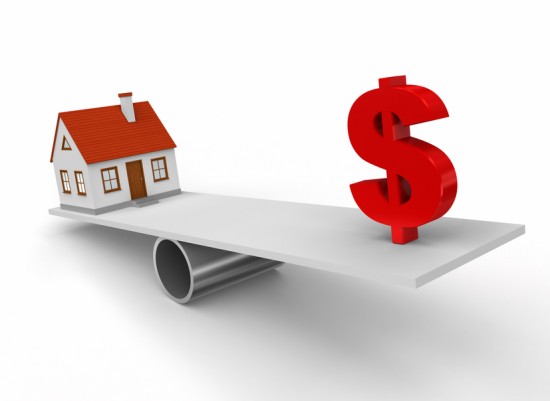At the moment the British property market is in pretty good shape. Confidence is high, interest rates are at a record low; however, there is a shortage in the supply of good quality housing stock, said LDG and estate agents in the West End.. The situation is particularly bad in London and the southeast, where demand massively outstrips supply. The appeal of jobs and prospects mean that more and more people both from UK and the EU choosing to move to the south, so there’s little wonder that there is a chronic housing shortage. Decades of poor policy and an inability to calculate how much housing stock is needed, have pushed prices through the roof. It’s estimated that some 200,000 new houses need to be built every year, but year after year successive governments have simply failed to reach this target. For example, last year the government fell short by around 80,000.
With an election looming and housing at the forefront of the electorate’s mind, each party is out there pledging to build the necessary houses and bring prices down. The problem is, where should they be built? This takes us back to the old brownfield/ greenbelt debate that’s guaranteed to anger your local NIMBY. However, the right pledges could just push one party over the finishing line and thus help them steal the election. So, what are the parties promising us when it comes to housing?
The Conservative Party
The Conservatives have pledged to build 200,000 new starter homes along with 100,000 cut price homes for those under 40. This means that if you are a first time buyer and you register with your local authority, you can receive a reduction of 20% on any house built on brownfield land. This cut price is achieved by waving fees house builders normally pay to councils. In some cases, this can amount to £45,000. This applies to all houses priced at £250,000 (outside London) £450,000 (inside London); with homeowners having to pay back the 20% advantage if the property was sold inside of five years.
They’ve also promised to extend the Help to Buy scheme until 2020. This is designed for first time buyers who are struggling to raise a deposit. With Help to buy, you only need to raise 5% of the homes worth in order to qualify, with the government guaranteeing the loan.
Recently, amid much controversy, the party etended Margaret Thatcher’s Right to Buy scheme, which allowed council tenants to buy the property that they were living in rather than just rent it.
The Labour Party
The promise is to build 200,000 new homes every year up to 2020. So, the Labour party equal the Conservatives on this particular policy.
There would also be a crackdown on developers who hoard land and give local authorities the ability to take said land away if it goes unused. Essentially, if the land has planning permission and a developer holds on to the land for too long, it could be sold off at a profit at a later date. Labour plan to force them to “use it or lose it”.
There’s also a plan to tackle the problem of empty homes. This has been well publicised, particularly in London. With property in England being such a good investment, many wealthy foreigners snap up homes but don’t ever really intend to live in them. The plan is to give local councils the ability to charge higher rates of council tax on these empty properties and when new homes are built, ensure that they are advertised to UK residents first before being offered to those living abroad.
The Liberal Democrats
They’ve said they’ll build 300,000 new homes every year. The plan is to try to stop developments stalling and to “go much further” than the coalition had done in the last five years. The figure proposed is 100,000 more than both the Conservatives and Labour have pledged. They are proposing to have the government commission new house building.
They want to introduce a Rent to Own scheme which would allow tenants to own a stake in the home they are living in. This essentially seems a little like the Conservatives Right to Buy policy. Of the 300,000 homes, they have pledged to build 30,000 of them under this scheme.
There’s also a plan to build ten more garden cities. First thought of by Sir Ebenezar Howard in 1898, the first garden city was built in 1903 with the second, Welwyn, in 1920. An extension of this plan would be funded by state-backed housing investment banks.
They also want to help those on low incomes afford a deposit for a house. This would involve the use of government loans.
Right now in an attempt to woo the electorate, each party will say almost anything to gain your vote. But how feasible are any of their promises? What’s more: how will any of this (particularly if the policy is state -backed) be funded and where will all the people go? It’s no good building houses in the north if everyone wants to live in the south. Only time will tell, but there is a strong suspicion that we will all be scratching our heads and asking the same questions in five years’ time.




